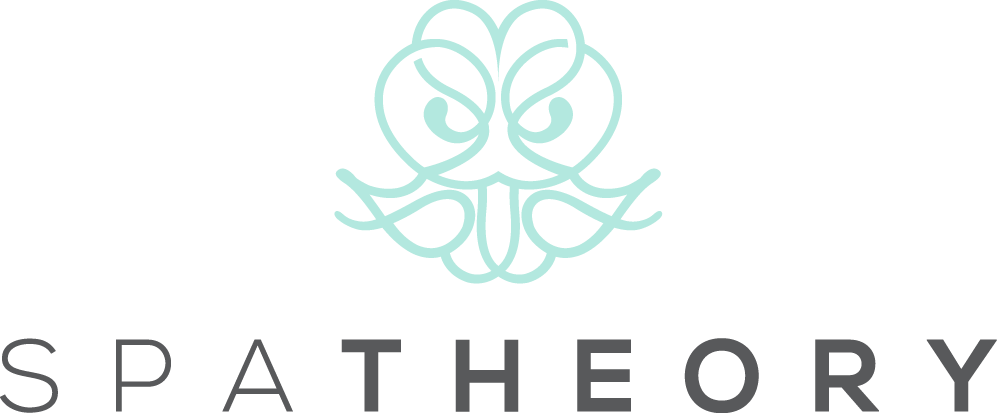Cupping Therapy in Massage: Ancient Practice, Modern Benefits
When it comes to holistic therapies, cupping therapy might have once been seen as a simple fad or trend, but its unique and ancient approach to wellness still has a place in the world of modern physical therapy. While its roots can be traced back thousands of years to traditional Chinese medicine, cupping has experienced almost a “viral” resurgence in popularity in recent years, as people seek natural and effective ways to alleviate pain, reduce tension, and even improve their skin! But what is cupping therapy, and how does it work? In this blog, we’re going to take a look at cupping therapy in massage; what it entails, its benefits, and addressing common questions about its safety and efficacy. Let’s dive in!
What is Cupping Therapy?
Cupping therapy is an ancient healing practice that involves the use of cups, typically made of glass, silicone, or bamboo, to create suction on the skin's surface. The cups are placed on specific areas of the body, creating a vacuum effect that lifts the skin and underlying tissues. This technique is used to increase blood flow, promote relaxation, and release muscle tension, and cupping therapy is often incorporated into massage sessions, either to offer pain relief or improve circulation.
Benefits of Cupping
Cupping therapy offers a wide range of potential benefits, especially for those looking for relief from both physical and emotional tension. Some of the key advantages of cupping therapy include:
Pain Relief
Cupping can be effective in alleviating chronic pain conditions such as back pain, neck pain, and migraines. This is because the suction created by the cups promotes blood flow to the affected areas, helping to reduce muscle tension and pain.
Improved Circulation
As we mentioned briefly above, cupping therapy also enhances blood circulation, which can lead to better oxygen and nutrient delivery to muscles and tissues. This improved circulation can aid in the body's natural healing processes and reduce inflammation, making it ideal for post-injury massages.
Muscle Relaxation
Cupping can also benefit the muscles; the suction created by the cups helps to release tension in the muscles and fascia, and this can lead to enhanced relaxation and a reduction in muscle stiffness and tightness.
Detoxification
Cupping is also believed to help detoxify the body, which can reap both aesthetic and internal benefits. As the therapy removes toxins and metabolic waste from the body, your body increases lymphatic drainage, and this detoxification process can leave you feeling rejuvenated and more energized, and as a bonus, also leaves you with glowing, bright skin! Combine a relaxing Swedish massage with cupping therapy and you’ve got the best in-home massage you could ask for!
Is Cupping Bad for You?
Cupping therapy is generally considered safe when performed by trained and experienced practitioners. However, there are some considerations to keep in mind:
Bruising and Skin Marks
Cupping can leave temporary marks or bruises on the skin, which typically fade within a few days to a week. These marks are not typically painful and are a normal part of the therapy, so don’t be alarmed if you see them after your session.
Not Suitable for Certain Conditions
Cupping may not be suitable for individuals with certain medical conditions, such as bleeding disorders, skin conditions, or those who are pregnant. It's essential to consult with a qualified practitioner before undergoing cupping therapy.
Discomfort
Some individuals may find the sensation of cupping uncomfortable, particularly if the cups are placed with strong suction. However, the pressure can be adjusted to ensure comfort during the session, so just communicate with your therapist if you’re feeling any discomfort. If you’re anxious before your session, you can also try mindfulness techniques, or take a shower before your massage to help clear your mind.
How Does Cupping Work?
Cupping therapy works by creating a vacuum or suction effect on the skin's surface. Here's a closer look at how cupping is performed:
Cup Selection
Therapy cups are made of various materials, such as glass, silicone, or bamboo, and the therapist will usually select the appropriate cup size and material based on the client's needs and preferences.
Suction
To create suction, the therapist may use different methods:
Fire Cupping: In traditional fire cupping, a flame is briefly introduced inside the cup to create a vacuum. The flame is then removed, and the cup is quickly placed on the skin.
Manual Pump: In modern cupping, manual pumps are often used to create suction without fire. The therapist attaches the pump to the cup and manually removes the air, creating the vacuum effect.
Cup Placement
Once the cups are in position, they are left in place for a specific duration, typically ranging from 5 to 20 minutes. The cups may remain stationary or be moved across the skin's surface in a gliding or sliding motion.
Release
After the designated time, the therapist carefully removes the cups, which may leave temporary marks or reddened areas on the skin. As we explained above, these marks are usually not painful and should fade within a few days.
Does Cupping Work?
Generally, the effectiveness of cupping therapy can vary from person to person, and it depends on individual needs and goals. While some may experience significant relief and benefits from cupping, others may find it less impactful.
Naturally, the expertise and experience of the cupping therapist play a crucial role in the effectiveness of the treatment; a skilled practitioner can accurately assess your needs and tailor the therapy to address specific concerns, and will also perform the therapy more effectively.
Ultimately, discussing your goals with your therapist can help determine an appropriate treatment plan, but don’t forget that each person's body responds differently to cupping therapy. Some may experience immediate relief, while others may notice gradual improvements over time.

